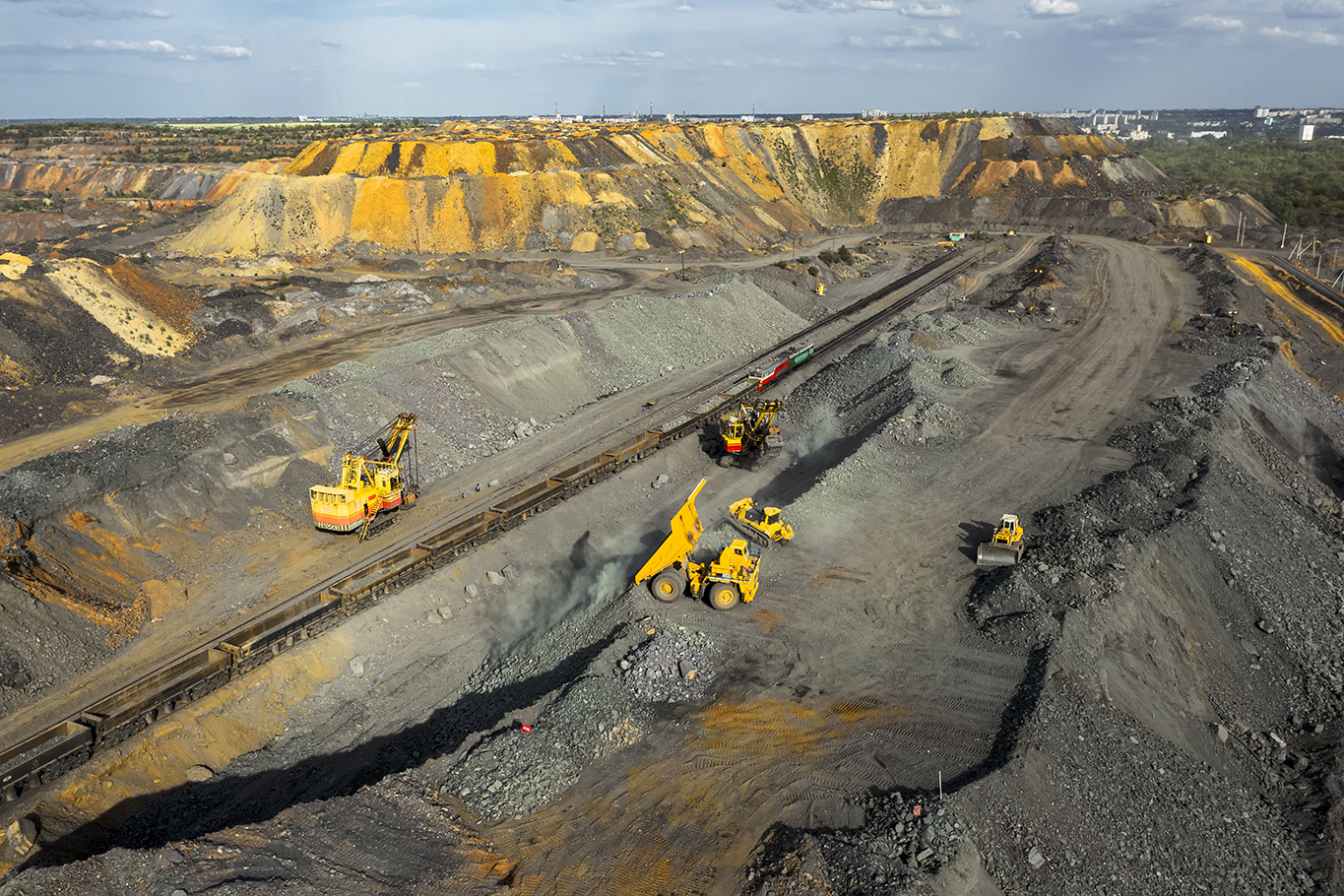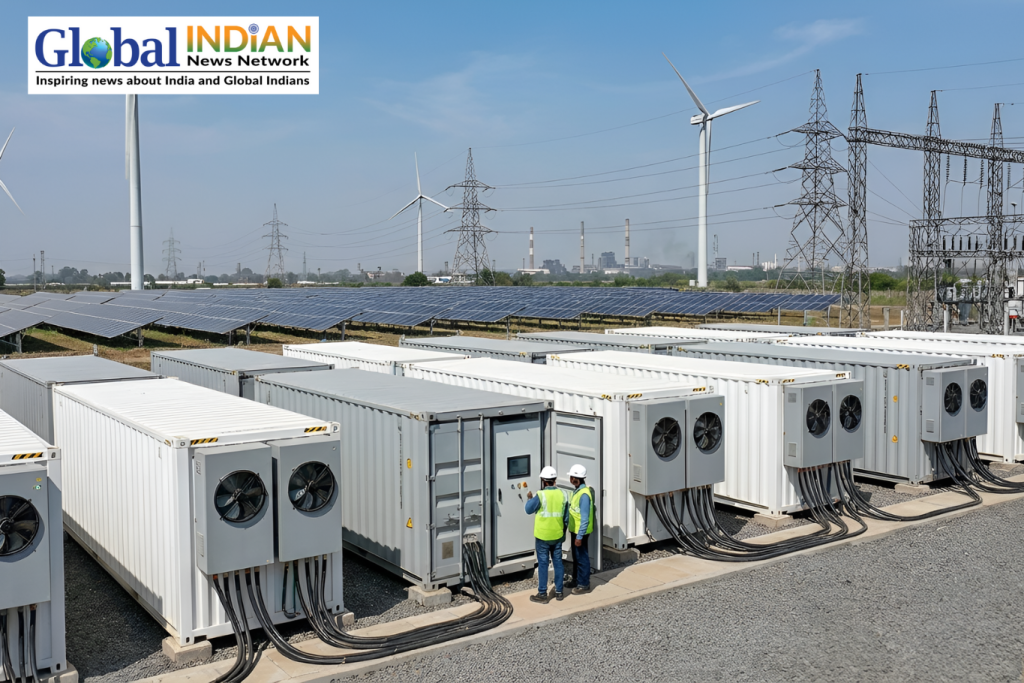
India’s mineral production displayed a notable increase, with a year-on-year overall growth of 5.1 percent in April, as reported by the Ministry of Mines. The mining and quarrying sector’s mineral production index for April 2023 reached 122.5, representing a 5.1 percent rise compared to April 2022.
According to the provisional statistics from the Indian Bureau of Mines (IBM), the cumulative growth for the period of April 2022 to April 2023, compared to the corresponding period of the previous year, stands at 5.8 percent.
The production levels of essential minerals in April 2023 were as follows: coal (731 lakh tonnes), lignite (32 lakh tonnes), natural gas (utilized) (2671 million cu. m.), crude petroleum (24 lakh tonnes), iron ore (247 lakh tonnes), limestone (386 lakh tonnes), bauxite (1562000 tonnes), chromite (273000 tonnes), copper concentrate (9000 tonnes), lead concentrate (29000 tonnes), manganese ore (265000 tonnes), zinc concentrate (130000 tonnes), phosphorite (162000 tonnes), magnesite (10000 tonnes), gold (102 kg), and diamond (2 carats).
The positive trajectory was driven by several key minerals, with phosphorite leading the way with a 29.1 percent year-on-year growth, followed closely by magnesite at 27.7 percent and iron ore at 13.1 percent. Other minerals that showcased robust expansion included limestone (12.7 percent), copper concentrate (12 percent), lead concentrate (10.6 percent), coal (8.8 percent), manganese ore (6.9 percent), and zinc concentrate (4.1 percent).
However, certain minerals experienced a decline in production during the same period. Petroleum (crude) saw a dip of 3.6 percent, natural gas (utilized) declined by 2.8 percent, gold experienced an 8.1 percent reduction, and lignite faced a substantial drop of 21.2 percent. Moreover, bauxite faced a notable setback with a decline of 24.7 percent, while chromite witnessed the most significant contraction at a staggering 40.1 percent.










